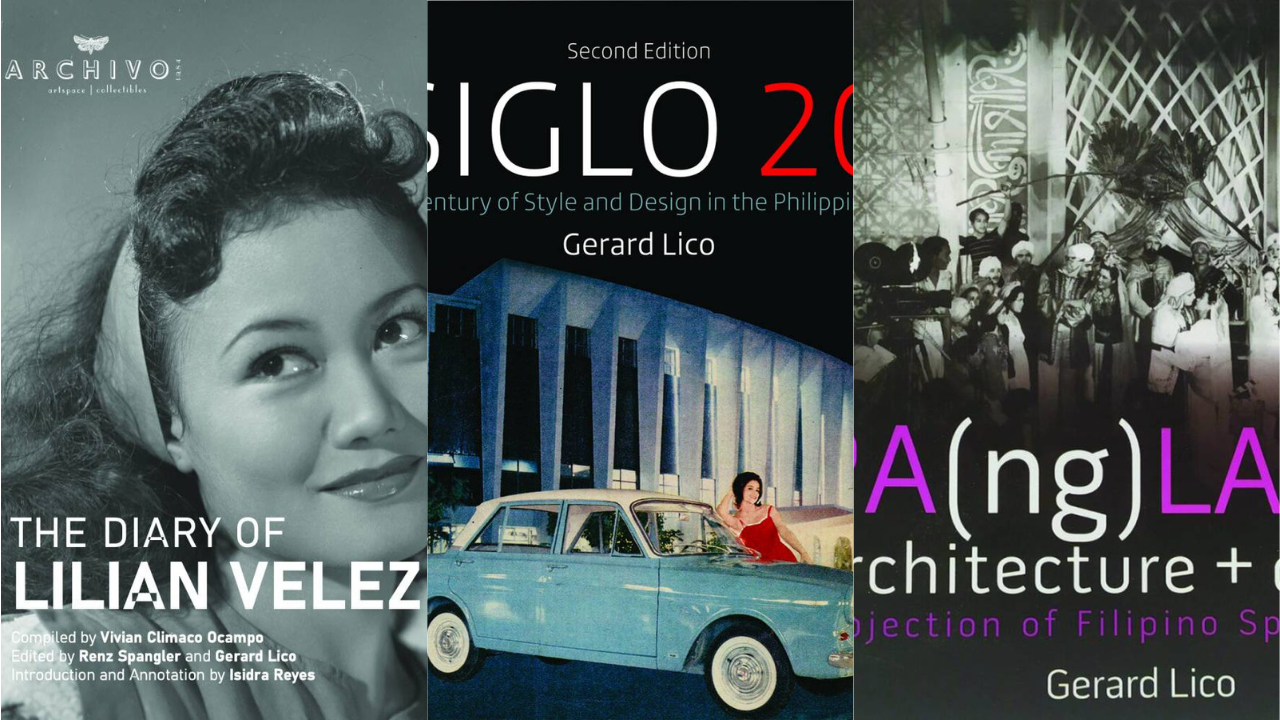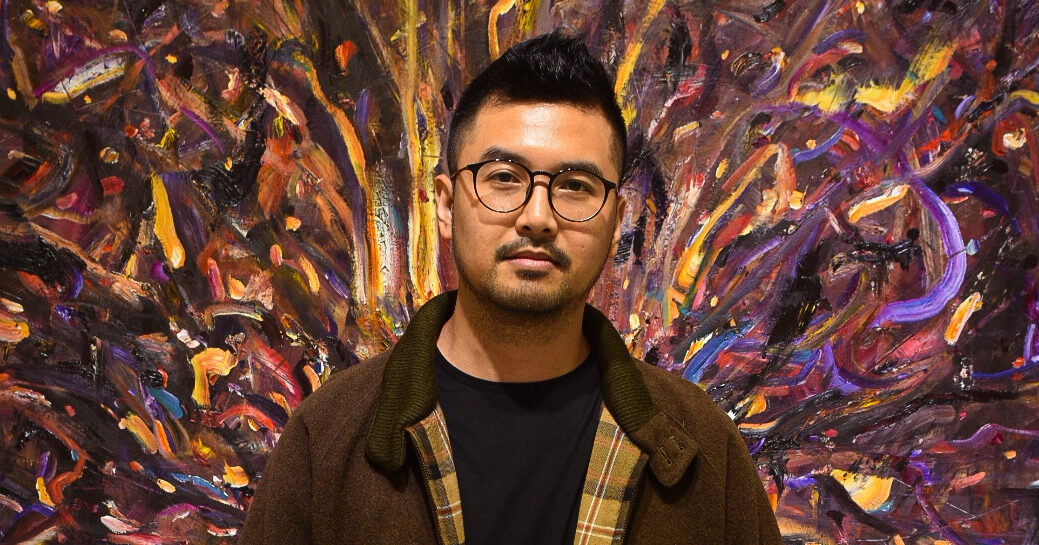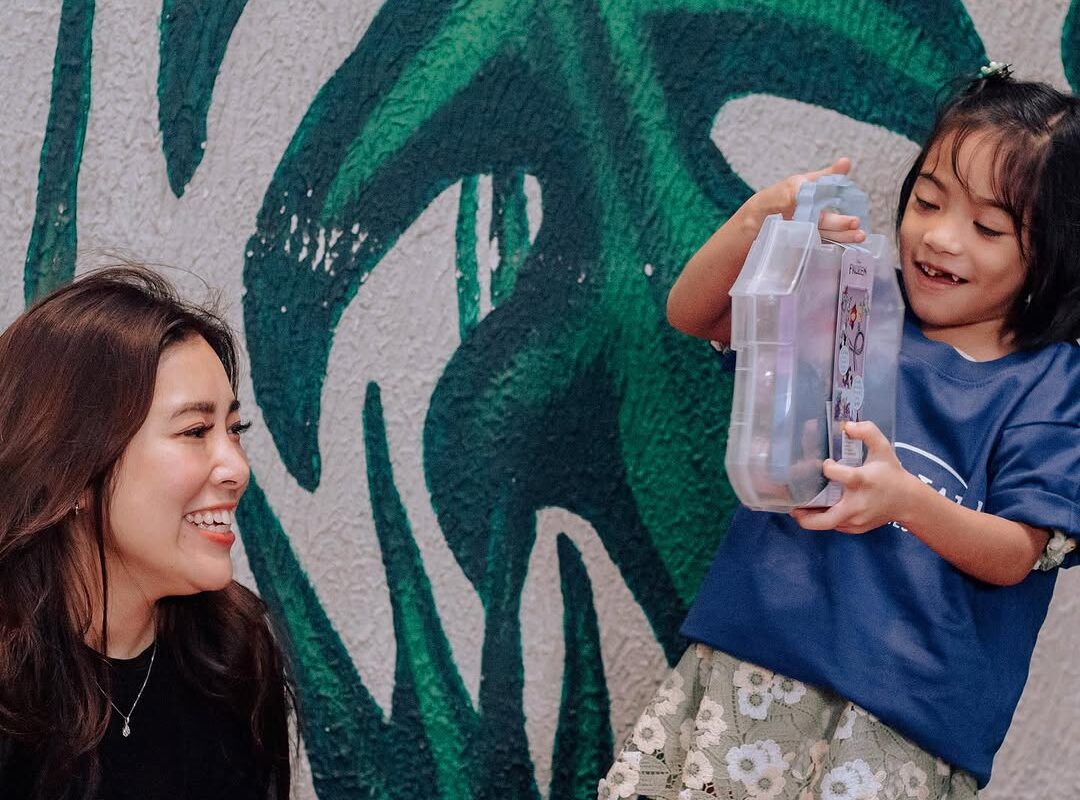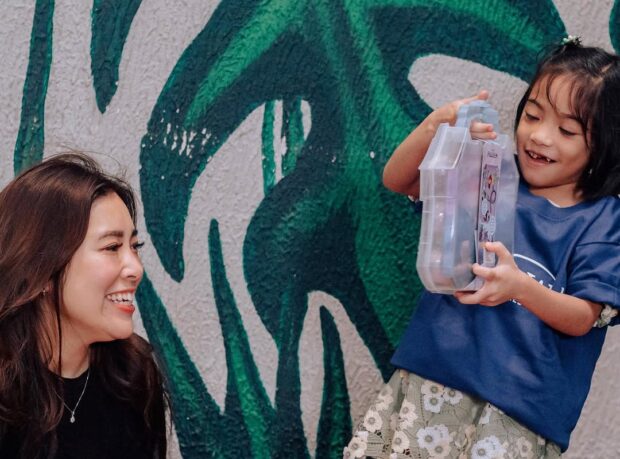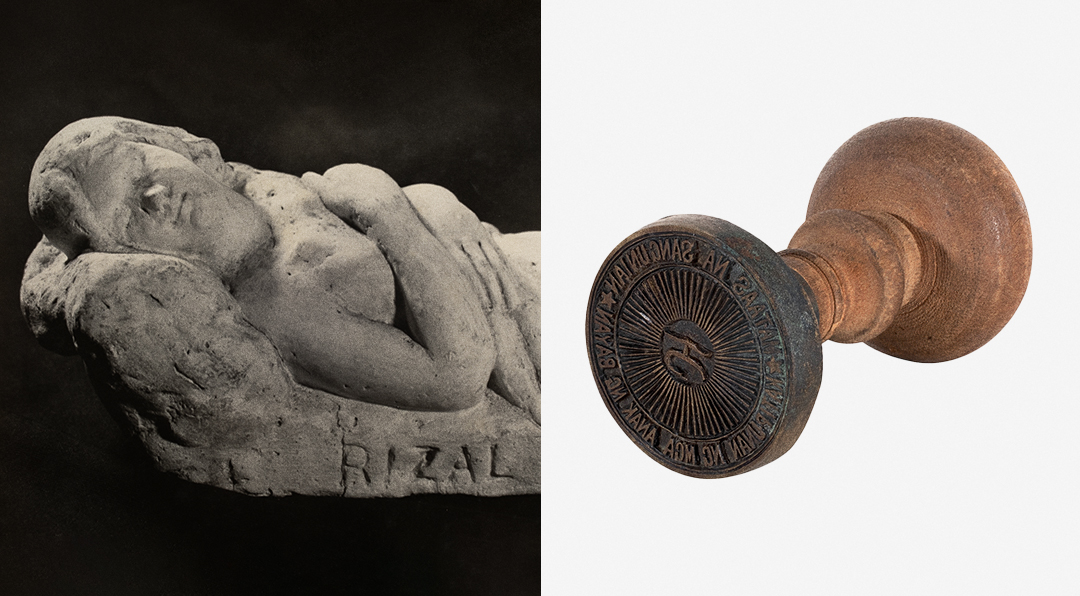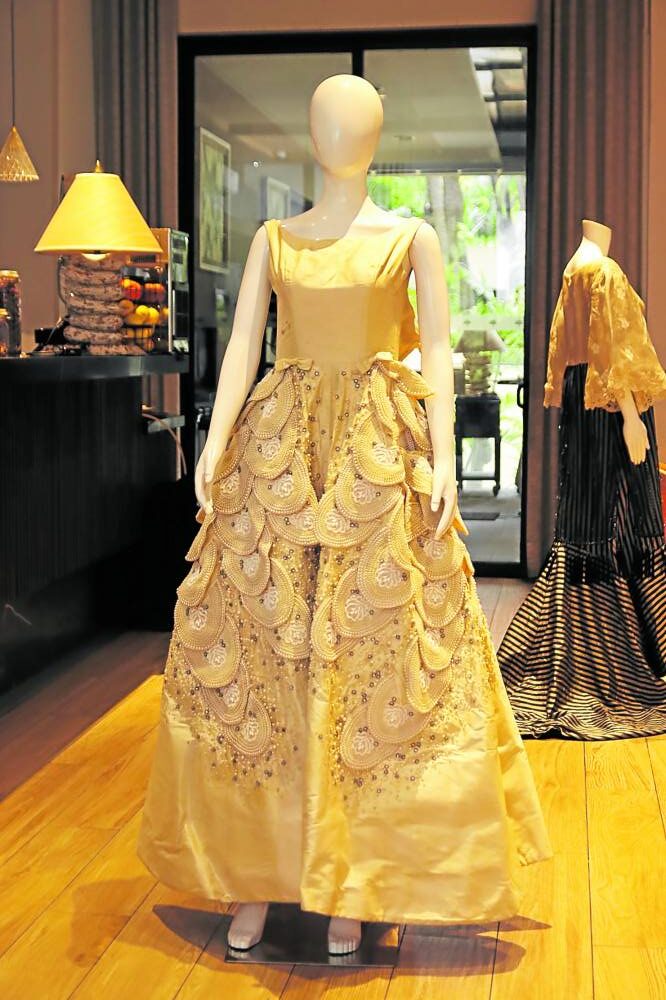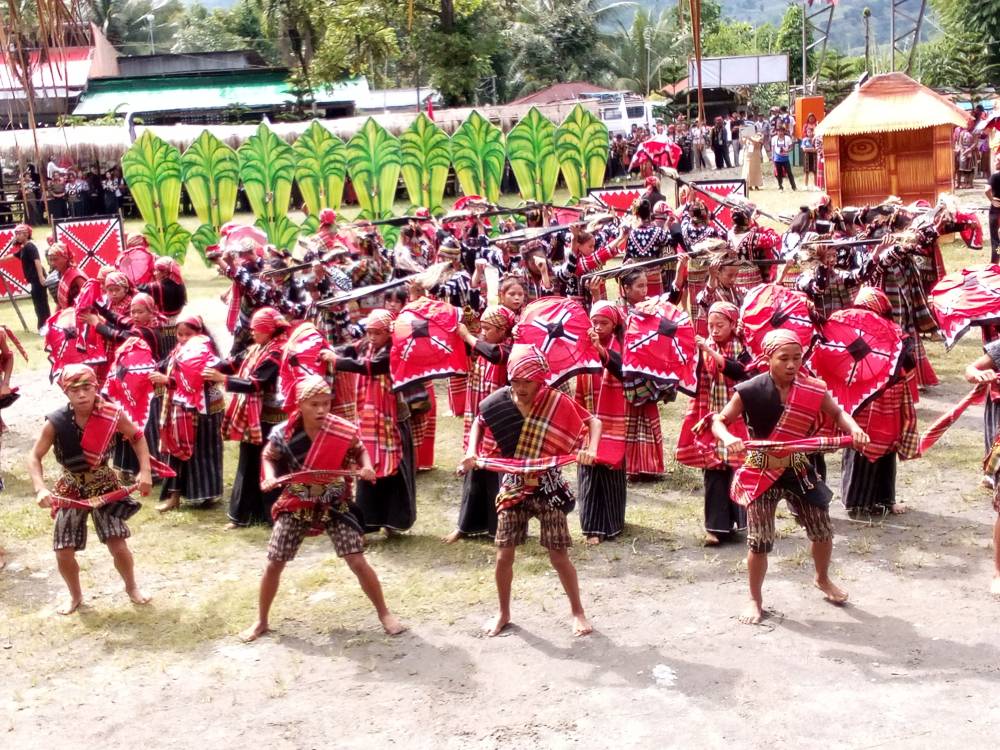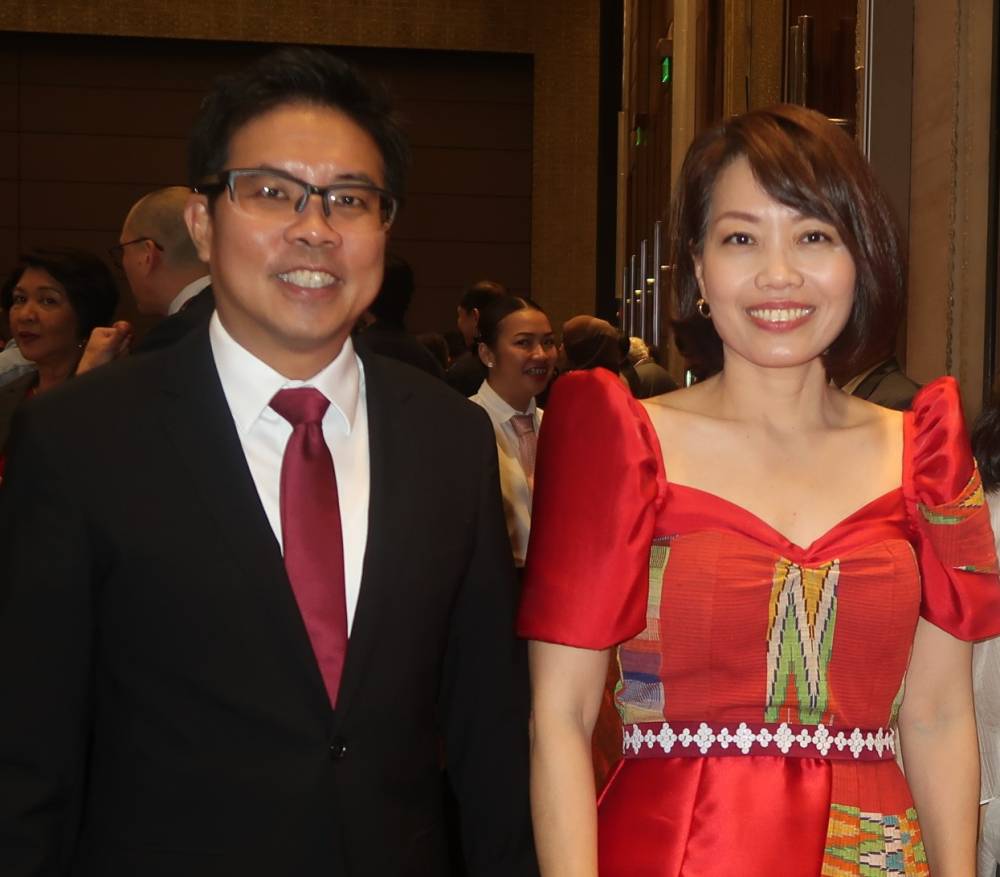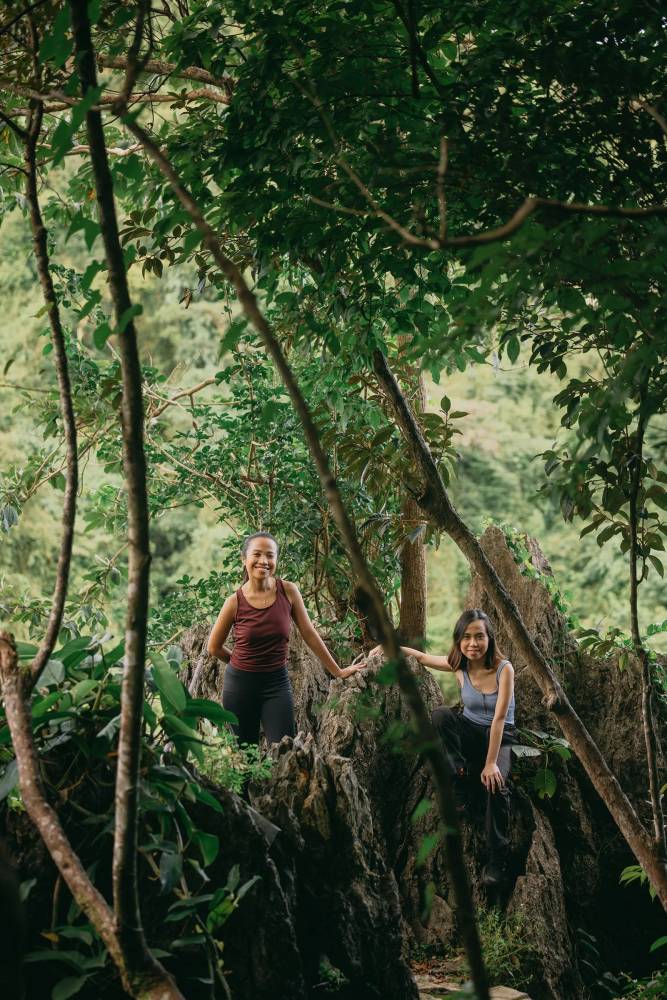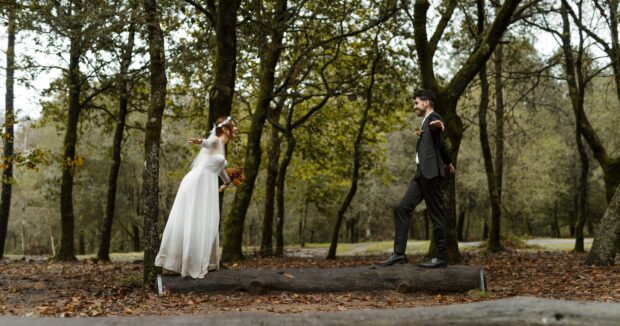A passion project decades in the making, Archivo 1984 is more than just a gallery. Founded in 2013 by a collector who prefers anonymity, it’s a treasure trove of Philippine cinema history, meticulously gathered over 29 years.
The founder’s fascination began in 1984, at the age of 8. What started as a personal collection has blossomed into a cornucopia of old movies, rare Filipino movie posters, some dating as far back as 1931’s “Noli Me Tangere,” and photographs.
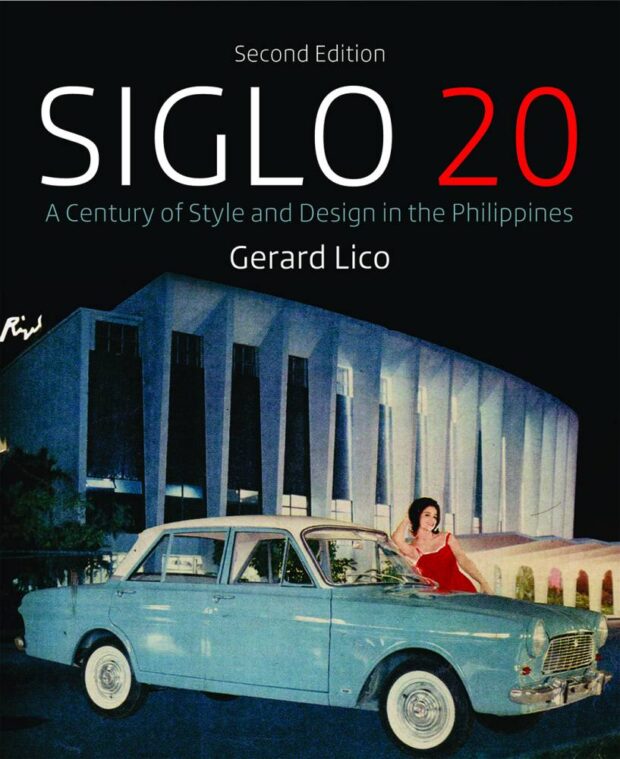
Archivo 1984 sheds light on not just cinema, but also lesser-known personalities. Past exhibits explored the life of Rosario “Dimples” Cooper, Gen. Douglas MacArthur’s mistress who dabbled in Hollywood, and delved into the complex world of box-office director Danny Zialcita.
This year marks Archivo 1984’s return after it was temporarily shut down due to the pandemic. Last January, it opened with “’90s Kabaklaan,” a collaborative effort showcasing a collection of ’90s media clips, posters and screen shots, brimming with memes and pop culture references that explored themes of queerness and camp.
Movie screenings are back, through partnerships with Sine Pop boutique cinema and other film studios. At FPJ Films, patrons can enjoy restored versions of classics such as the 1978 thriller “Gumising Ka, Maruja” and the documentary “Kasaysayan ng Lahi,” a historical spectacle reenacting Philippine history mounted for the Miss Universe 1974 festivities in Manila.
Murdered singer
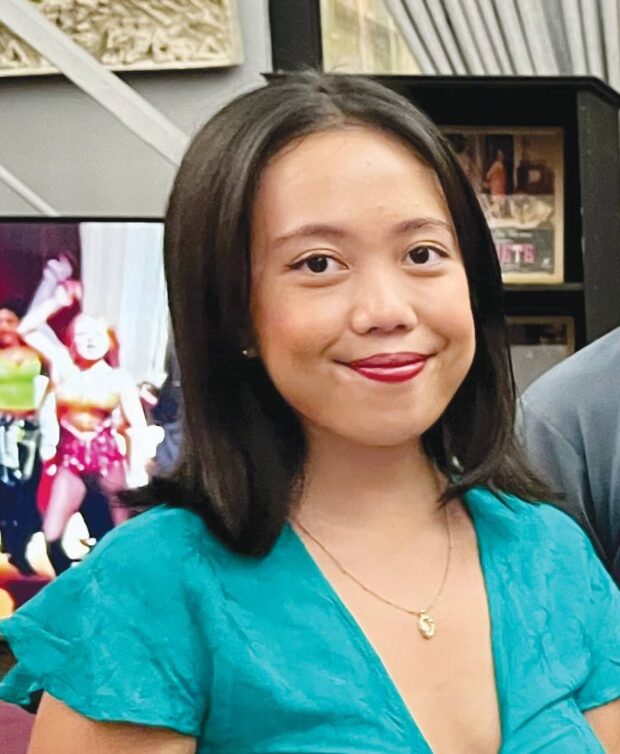
This passion for preserving Philippine cinema and pop culture history has expanded into a publishing arm, Archivo Books. Headed by Mica Magsanoc, a graduate of English literature and creative writing at the University of East Anglia, Archivo Books offers another way to delve into the archive’s treasures.
The pandemic presented a challenge, forcing Archivo 1984 to close its doors temporarily. However, Archivo Books stepped up, filling the void left by the absence of screenings and exhibits. By turning archival materials into accessible books, Archivo Books made Filipino stories more readily available to the public.
“There’s so much Filipino talent that’s hidden,” Magsanoc explains, highlighting the archive’s mission. “A lot of people don’t know about them, such as Frankie Ferrer, the international performance artist; Maning Obregon, the Fil-Am fashion illustrator; or even the first Filipino Olympians. We want to show that there are heroes that Filipinos can look up to, and we want to share their stories.”
Understanding Filipino preferences for visual storytelling, Archivo Books prioritizes images over lengthy text. Its vision isn’t to create research-heavy tomes, but rather engaging, bite-sized books that can easily fit into tote bags and be shared with friends.
Magsanoc isn’t alone in this endeavor. The Archivo editorial team boasts impressive credentials. Cultural historian Isidra Reyes, described by the founder as his intellectual “soul mate,” and architecture professor Gerard Lico lend their expertise to the publishing process.
Their dedication is evident in the diverse stories brought to life. A relative of singer-actress Lilian Velez presented her diary chronicling the postwar years. Velez, who popularized the song “Sa Kabukiran,” was tragically murdered in 1948 by an obsessed fellow actor. Her daughter, Vivian Climaco Ocampo, compiled the entries into “The Diary of Lilian Velez,” offering a glimpse into the life of a beloved Filipino star.
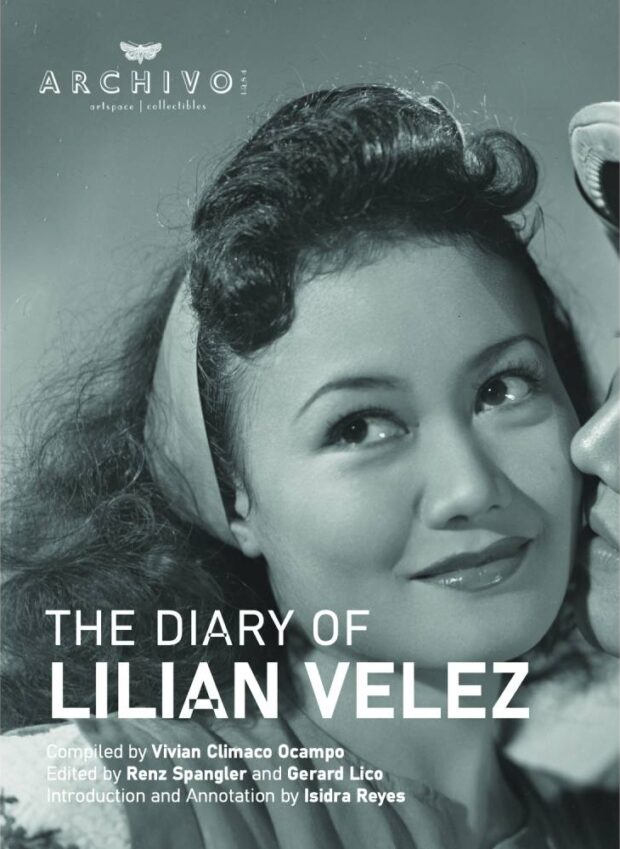
‘Fabulous Filipino’
Another story unearthed by Archivo Books was that of world-renowned performer Frankie Ferrer, once dubbed the “Fabulous Filipino.” Spotted at a wedding in Bais, Negros Oriental, Ferrer had a past that was a revelation to many. His escape from poverty in Negros Oriental led him to a traveling circus act in the ’50s, where he discovered his extraordinary talent for balancing objects—starting with a long bolo on his tongue.
Ferrer’s memoir, “15 Minutes Made Me a Millionaire,” recounts his humble beginnings and rise to international acclaim, performing in Las Vegas and the Folies Bergère. Sadly, his later years were marked by financial struggles and natural disasters in Bais. He died in 2021 due to complications from COVID-19.
Archivo’s reach extends beyond Philippine borders. A chance discovery in Brazil yielded another treasure: 5,000 negatives of the Philippines taken by a French photographer. These materials were transformed into “Pierre Verger: Philippines, Pilipinas, Filipinas,” a compilation of photos capturing the Philippines in the 1930s.
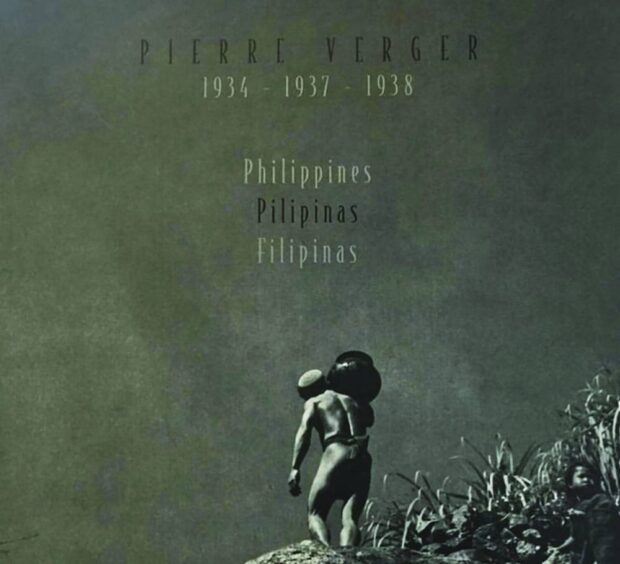
Archivo Books doesn’t shy away from capturing the grittier side of Filipino history. Photographer Eddie Boy Escudero’s “When We Dance” offers a visual narrative of the 1990s rave scene. The book’s raunchy cover, featuring a woman playfully reaching for her partner’s mouth, evokes the hedonism of that era.
1st Pinoy Olympians
Shifting gears, Archivo Books will commemorate the centennial of Philippine participation in the Olympics with the launch of “The First Olympians: The Untold Story of Regino Ylanan,” written by former Inquirer editor Artemio Engracia Jr. This month’s release delves into the experiences of the very first Philippine delegation: coach Ylanan and sprinter and lone competitor David Nepomuceno, and two track and field athletes, Fortunato Catalon and Juan Taduran, who were nonstarters.
The book sheds light on the challenges faced by these pioneering athletes. Although the Philippines became the first Southeast Asian country to participate in the 1924 Paris Olympics, their journey was far from smooth. Traveling by ship for 33 days, they arrived in France with just two days to prepare. Unsurprisingly, they fell behind due to limited training time. Additionally, the American flag flew above the Filipino flag during the parade, a stark reminder of the country’s colonial status.
These books are available for purchase through the Archivo website and Instagram account.
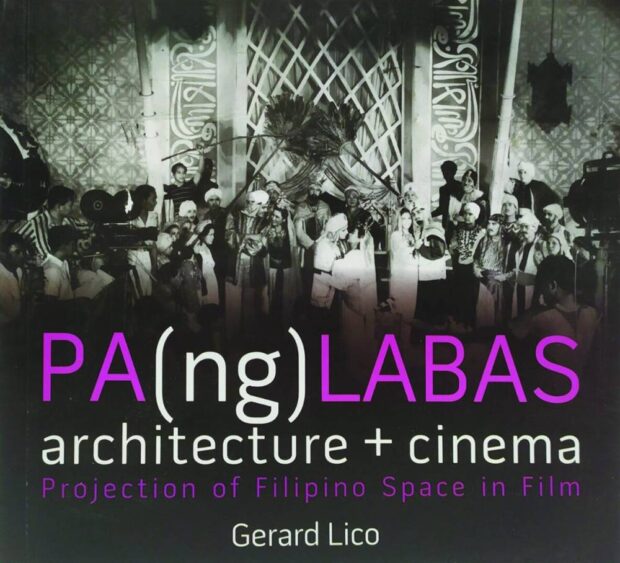
Continuing its dedication to showcasing Filipino talent, Archivo Books has plans to launch a book on Obregon, the famed fashion illustrator who sketched for the New York Times and other publications. Reyes will lend her expertise to this project.
The pipeline at Archivo Books is brimming with exciting projects. Upcoming titles explore diverse themes like 100 years of Philippine design, the history of dog care in the Philippines and a comprehensive look at the country’s golfing legacy.
“Everything goes back to our film collection, our archives and our interest,” says the enigmatic collector, hinting at the vast wellspring of inspiration that fuels Archivo Books’ mission to unearth and share forgotten Filipino stories. —CONTRIBUTED

